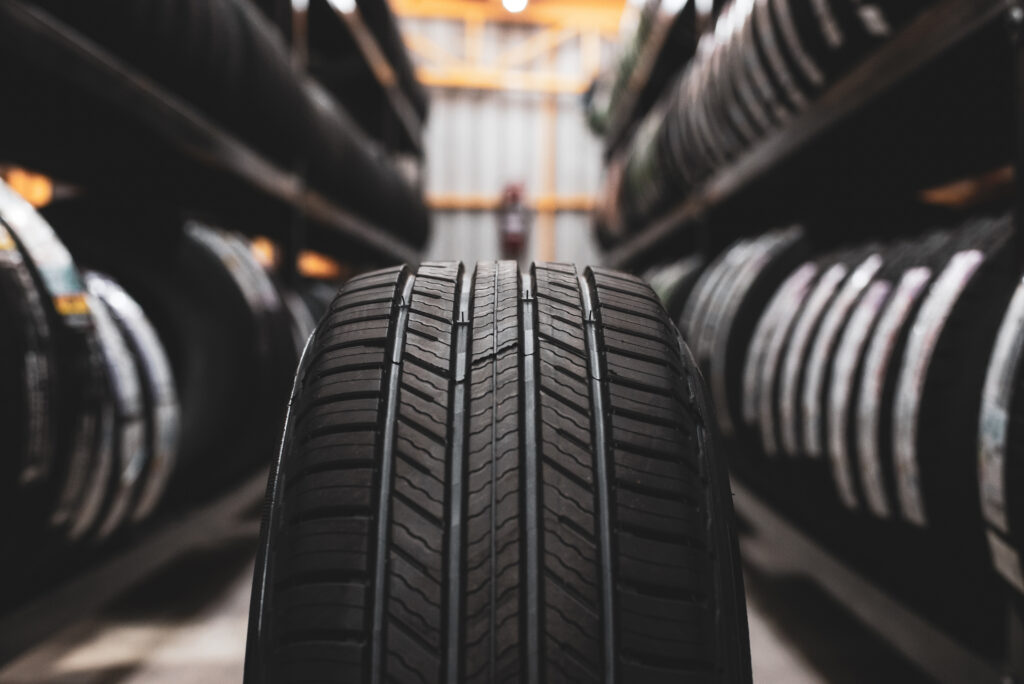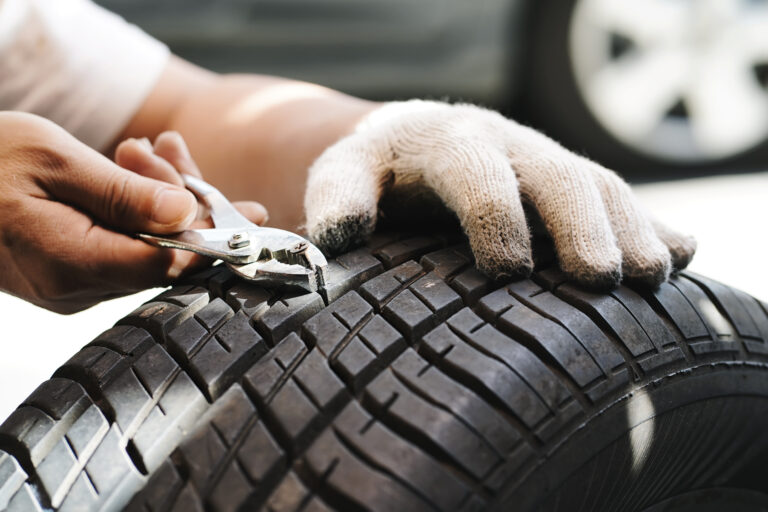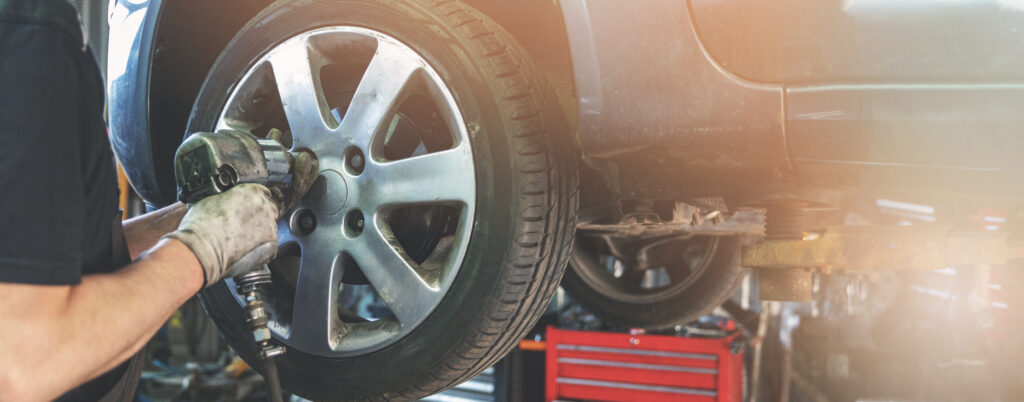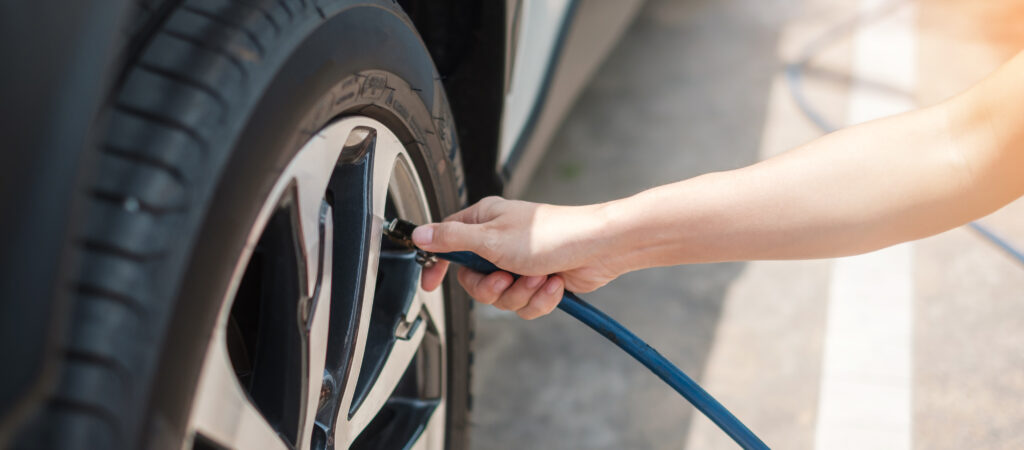Tyre Maintenance and Wheel Alignment
Tyre Maintenance and Wheel Alignment
The tyres on your vehicle are a very important part of your car. If they are worn or defective it could mean it takes you longer to stop, it could impact on fuel consumption or it could impact on your safety. Needless to say, you may also be fined up to £2500 per worn or defective tyre and be given 3 penalty points on your license. At Lodge Automotive, our friendly team can help advise you on the best tyre replacements within your budget for your vehicle. Why not call us today?
There are a few different ways you can check your tyre tread to make sure you don’t have worn tyres and that they meet the legal minimum tread depth. The easiest way to check your tyre tread’s legal is to look out for tread wear indicators. These are usually small bars, about 5mm wide, built into the base of the tyre’s main grooves. If the tyre tread is level with the top of the wear indicator, it means your tyres have reached the legal limit of 1.6mm. When tyres are worn to this level, they need to be replaced.


If your tyres do not have tread wear indicators and you don’t have a gauge, then you can test them with the 20p tyre test. The outer rim of a 20p coin is just under 3mm wide. Place a 20p coin into your tyre’s tread grooves. If the outer rim of the coin is obscured, then your tyre’s comfortably above the legal minimum tread depth. If you can see part of the rim of the coin, then it’s time to check your tyres more carefully using a proper tyre tread depth gauge.
Did you know?
Tyres that are over-inflated are more susceptible to damage. Tyres filled to their maximum capacity, like an overfilled balloon, become stiff and inflexible, making them more susceptible to damage from potholes, curbs or debris. Furthermore, as a driver or passenger, you will feel every bump and dip in the road which is not a pleasant experience. Ouch! Excessive air pressure can also distort the shape of the tyre, resulting in less grip and more wear and tear in the centre. Repeatedly over-inflating tyres may wear out more quickly depending on the circumstances.

Driving on under-inflated tyres is dangerous. Shockingly, almost a third of cars are being driven with at least one under-inflated tyre. One of the most common reasons for tyre failure is under-inflation. When tyre pressure is too low, a large portion of the tyre’s surface area contacts the road, increasing friction. Tyres can overheat because of increased friction, resulting in premature wear, tread separation, and blowouts. The recommended tyre pressure is commonly posted on a label on the driver’s door frame, glovebox, or the inside of the fuel filler cap.

Where can I fill my tyres with air?
Tyre inflator machines can be found at most service stations. Unscrew the valve stem cap and press the nozzle of the tyre gauge onto the tyre valve stem. If you can hear a hissing sound, press the nozzle onto the tyre valve harder until it stops. Now you will be able to check the tyre pressure on the tyre inflator screen which should indicate how your tyres are compared to your recommended tyre pressure.
Wheel Alignment
Another cause of premature tyre wear is your vehicle’s wheel alignment. Wheel alignment, or tracking, is the process of ensuring your vehicle’s wheels are set to the optimum position. The process involves checking the direction and angle of the wheels and it is an important part of vehicles maintenance. If you can see tyre wear on either the inner or outer edges of the tyres, this is due to the wheels pointing in the incorrect direction and it doesn’t take much to cause this type of wear. You may also find the car pulls to one side or your steering wheel is not centred if your alignment is not set to the manufacturer specifications.
At Lodge Automotive, we offer tyre replacement and wheel alignment in Hampshire, Liphook, Surrey & other nearby areas to keep your car in the best condition, helping you to get the most out of your tyres. For expert advice or to book an appointment, please call 07973 767829 or complete the form on our contact us page.
